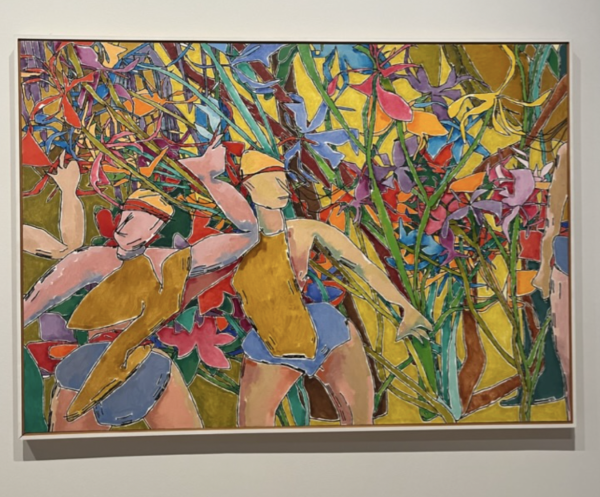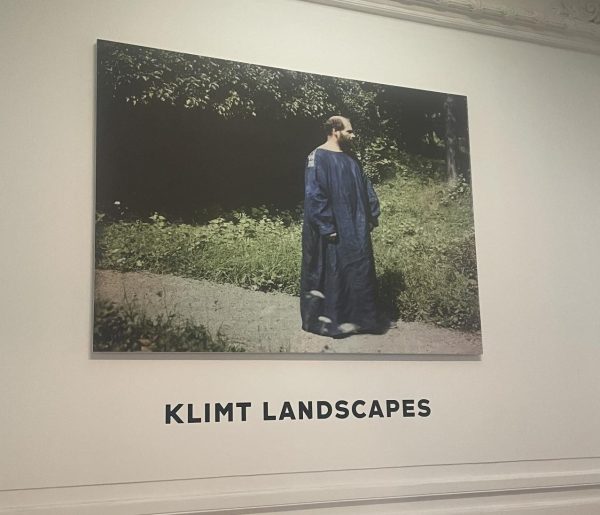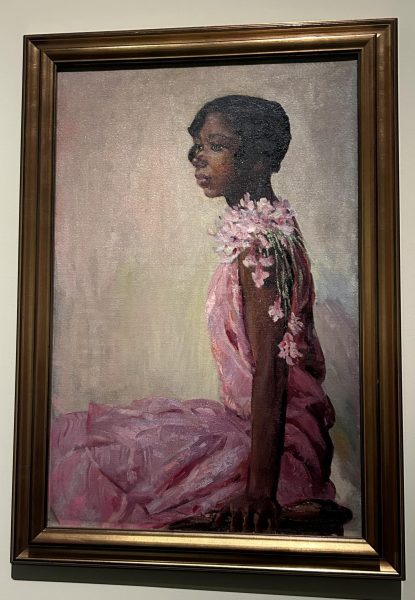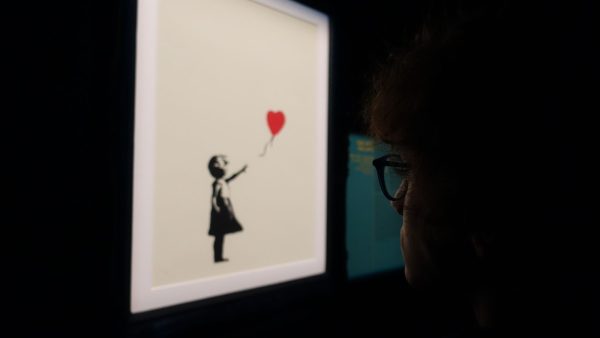The Rise of Vocaloid, a Voice Synthesizing Software That Has Revolutionized the Digital Music Industry
A look at this intriguing digital phenomenon.
On March 9th, 2010, the “Miku no Hi Kanshasai 39’s Giving Day” concert was held in the Zepp Tokyo in Odaiba Tokyo, where Hatsune Miku held her first solo live performance with 38 inital songs, 2 encores, and 4 uncounted guest performances.
On March 9th, 2010, fans piled into the Zepp Tokyo in Odaiba, Tokyo for a concert. The tickets for this concert were 7090 yen ($65.18 USD), and sold out almost immediately. Fans waited in anticipation for their favorite singer to appear onstage for her first solo live performance. The concert had 4 musicians ready to play, and 38 songs lined up. The concert started off with a bang as their favorite singer, standing at 5’2″, was projected onto the screen.
This singer, Hatsune Miku, is the mascot of the voice synthesizing program published by Crypton bearing her name, and this concert was the “Miku no Hi Kanshasai 39’s Giving Day ” concert. This was not Miku’s first performance on stage, with this particular concert being her third time on stage performing her songs with live musicians and fans. With 38 songs lined up, this concert has two encores and four uncounted guest performances. It was a massive success among fans, with some of these performances being uploaded onto the internet (such as this performance of “The World is Mine” by ryo (supercell). It should be noted that Vocaloid did not start off this big.
Vocaloid is a voice synthesizing software that has revolutionized the digital music industry. Made by the Japanese media company Crypton in 2004, the program recreates human singing voices through the use of voicebanks – recordings of human voices that are blended together to form words and syllables. All one has to do in order to produce a song is input lyrics and an instrumental melody into their computer and they will have vocals that they can “tune” to sound as realistic or robotic as they want. Thanks to its creation of viral songs such as ‘Rolling Girl,’ ‘The World is Mine,’ and ‘Senbonzakura,’ the software has since grown immensely popular, quickly becoming one of today’s most groundbreaking Internet phenomenons, with Hatune Miku, the most popular and iconic mascot of Vocaloid, being a cultural icon.
The creation of Vocaloid traces back to the year 2000, when Pompeu Fabra, a university in Barcelona, and the Japanese company Yamaha collaborated on a joint business venture in which they explored voice-synthesizing technology. It was in this project that Hideki Kenmochi, who would later be known as the “father of Vocaloid,” would first work on what would become Vocaloid.
It was in this collaboration that they started to develop and think about how to transform vocal recordings into songs and performances that sounded natural and had a continuous flow. Eventually, this joint venture resulted in a prototype for Vocaloid which was codenamed “Daisy.” It was around this time that the interface for Vocaloid was developed. Aside from the fact that it has become easier and more convenient to use, the interface has remained relatively the same – users type the lyrics into the program and can change how the words sound afterwards, making alterations to features such as pitch, length, and other features.
Version 1 of Vocaloid became available to the public on March 3rd, 2004. The British company Zero-G released two Vocaloids – one male and one female – LEON and LOLA. Unfortunately, the voices did not do well, with the packaging being both unappealing, just having a generic image of a pair of lips, and the voices that it provides still sounding rather robotic. The company releasing the Vocaloids then switched to Crypton Future Media who then released two new and improved Vocaloids, named MEIKO (in 2004) and KAITO (in 2006). Yet, even with upgrades such as clearer sound and easier-to-use interfaces as well as strategic marketing techniques like illustrating the characters on the boxes, the software, from a commercial standpoint, remained unsuccessful. It was only in 2007, with the release of Vocaloid 2 and Hatsune Miku, that things began to take a turn.
Hatsune Miku, voiced by Saki Fujita, which featured smoother and more clear vocals than the Vocaloids that came before her, became a near instant success. The character that was created for the voicebank and the packaging, a young girl with long blue pigtails, attracted many customers and an incredibly large fanbase. Though information regarding her height, weight, age, and other physical attributes were released, the personality of “Hastune Miku” was whatever the customer wanted it to be. This creative liberty was one of the factors that led to the software’s widespread popularity. In fact, the company even grants a license called the Piapro Character license to fans and customers, allowing them to use Miku’s image in artwork and any other creative endeavor as long as no commercial gain is involved.
The proximity between the release of Vocaloid 2 and the launch of the Japanese video sharing website Nico Nico Douga also contributed to the acclaim of Vocaloid. The platform became the place where the Vocaloid community created and shared music, connecting people from various regions across the world.
The skyrocketing popularity of Hatsune Miku was what inspired the creation of successor Vocaloids like Kagemine Len/Rin and Megurine Luka. Over the years, Vocaloid characters and their music began to appear more in games, animations, and art. Today, there are even live performances where these virtual pop stars sing and perform on stage as holograms.
Aside from being a breakthrough in music technology, Vocaloids have also touched the lives and hearts of countless people. The software allows artists to create music and produce songs that tell meaningful stories and cover sensitive topics such as the pressures and failings of the educational system and domestic violence, among others.
“I’ve been listening to Vocaloid for many years now, and I remember the time when there was a sort of Golden Age for Vocaloid,” said Amelie Song ‘21. “I think Vocaloid has been a way for artists to express themselves through the voice of a synthesizer. Many popular artists today were once Vocaloid producers, or those who sang covers of Vocaloid songs. However, there are still producers like DECO*27 and Giga producing music for Vocaloid. Vocaloid concerts like Magical Mirai or Miku Expo are still popular, but compared to human concerts there is still a big difference.”
While Vocaloid might not be everyone’s cup of tea, one cannot deny that it remains one of today’s most interesting cultural phenomenons. The rise of voice synthesizing programs and virtual pop stars marks a new era of technological advances, making the possibilities of the music industry and beyond truly endless.
“I’ve been listening to Vocaloid for many years now, and I remember the time when there was a sort of Golden Age for Vocaloid,” said Amelie Song ‘21.
Donna Li is a Graphic Designer and Student Life Section Editor for 'The Observatory' yearbook. They find the research involved in journalistic writing...











